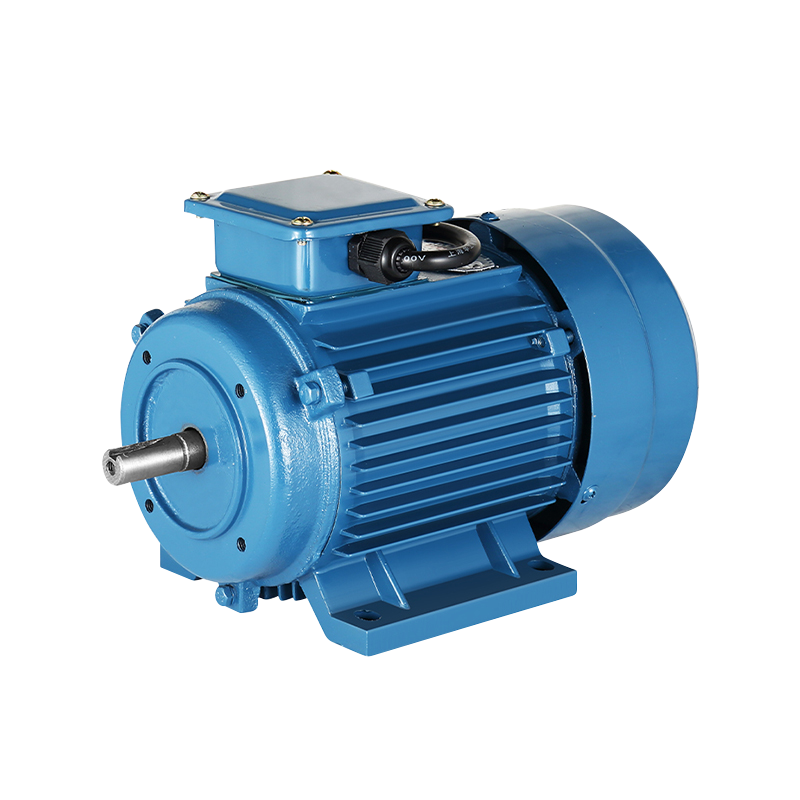Semi-Automatic Tapping Machine: Revolutionizing Precision and Efficiency in Manufacturing
The Semi-Automatic Tapping Machine is emerging as a game-changer in the manufacturing industry, bringing a new level of precision, efficiency, and versatility to metalworking operations. As the demand for high-quality, cost-effective manufacturing solutions grows, this innovative machine is proving to be a vital asset in various industrial applications, from automotive parts production to electronics assembly.
A Semi-Automatic Tapping Machine is designed to perform tapping operations with enhanced precision and speed. Unlike fully manual tapping machines, which require constant operator intervention, the semi-automatic version combines manual control with automated functions. This design ensures that the tapping process is both efficient and accurate, reducing the risk of errors and increasing overall productivity.
The semi-automatic machine typically features an adjustable spindle speed and a precision alignment system, allowing for a wide range of tapping applications. The operator manually positions the workpiece and initiates the tapping cycle, while the machine automates the tapping process itself. This combination of manual and automated functions provides the benefits of both methods, making the semi-automatic tapping machine a versatile tool for various industrial tasks.
The versatility of the Semi-Automatic Tapping Machine makes it suitable for a wide range of applications across different industries. In the automotive sector, for example, these machines are used to tap holes in engine components, chassis parts, and other critical elements. The ability to achieve precise threading ensures that parts fit together perfectly and function as intended, which is crucial for maintaining the high standards of automotive engineering.
In electronics manufacturing, the semi-automatic tapping machine is employed to create threaded holes in circuit boards and enclosures. The accuracy of the tapping process is essential for ensuring that electronic components are securely mounted and properly aligned. This precision helps prevent potential issues such as loose connections or faulty assemblies, which can affect the performance and reliability of electronic devices.
The machine is also valuable in the production of metal furniture, where it is used to create threaded holes for assembly purposes. By providing consistent and accurate tapping, the semi-automatic machine enhances the quality of the final product and reduces the need for manual adjustments during assembly.
One of the primary advantages of the Semi-Automatic Tapping Machine is its ability to enhance manufacturing efficiency. By combining manual setup with automated tapping, the machine significantly reduces the time required to complete each tapping cycle. This increased efficiency translates to higher production rates and reduced labor costs, which are critical factors in competitive manufacturing environments.
The precision of the semi-automatic tapping machine also contributes to cost savings. Accurate tapping reduces the likelihood of defects and rework, which can be costly and time-consuming. By minimizing errors and ensuring high-quality threading, the machine helps manufacturers maintain tight tolerances and produce reliable products.
Furthermore, the semi-automatic design of the machine allows for greater flexibility in production. Operators can easily adjust the machine settings to accommodate different sizes and types of workpieces, making it suitable for both small batch runs and large-scale production. This adaptability is particularly valuable for manufacturers who need to respond quickly to changing demands or customize products for specific applications.
Recent advancements in technology have further enhanced the capabilities of Semi-Automatic Tapping Machines. Modern machines often feature advanced control systems that allow for precise adjustment of tapping parameters, such as speed and depth. These controls enable operators to fine-tune the machine settings to meet the specific requirements of each job, ensuring performance and accuracy.
The integration of digital displays and programmable logic controllers (PLCs) has also improved the user experience. These features provide real-time feedback on machine performance and allow for easy programming of complex tapping sequences. Operators can quickly adjust settings and monitor the progress of each tapping cycle, enhancing overall productivity and reducing the potential for errors.
-
Feedback

 English
English 中文简体
中文简体






